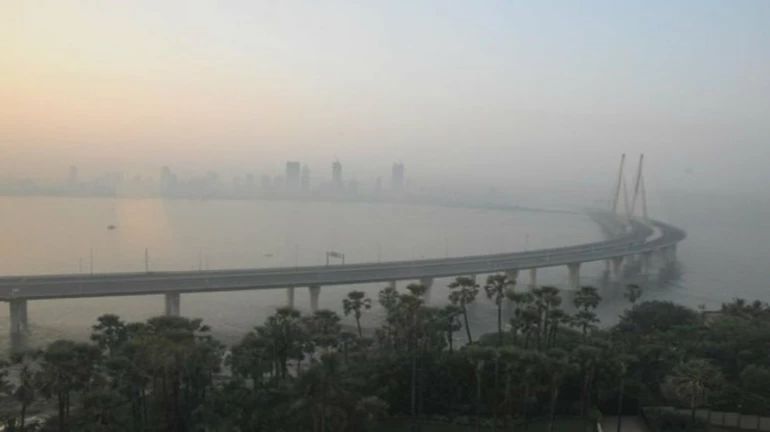
The Air Quality in Mumbai has been a matter of concern for a while now. Recently we had brought to your notice how the AQI in Bandra had touched a dangerous 500 mark.
Now it seems that the civic authorities are planning to make a few changes and address the concern of growing air pollution. The start point for them is making sure that the city has a roburst air quality monitoring system. The city currently has 30 air quality monitoring stations. Of these 15 stations under the Maharashtra Pollution Control Board (MPCB), 10 under the System of Air Quality Weather Forecasting and Research (SAFAR), while the rest five are under BMC.
As per the current plan, BMC wants to take the number of air quality monitoring station network to 90. This will make Mumbai as the city that has the largest network of monitoring in India. The BMC has earmarked the turn around time of five years for this exercise.
Out of these 90, 80 will be real-time air monitoring stationary stations will give location-wise updates. The remaining 10 stations will have mobile sensors that will be fitted in BEST (Brihanmumbai Electric Supply and Transport) buses and will provide representative air quality sampling across the city.
Currently, Delhi has the largest network of air quality monitors with 38. According to officials by having an extneisve network in place, the concerned authorities will be able to have a better check on the causes of pollution and develop concerte measures to reduce air-pollution exposure.
Recently, a study conducted by the Centre for Science and Environment (CSE) has revealed dangerous concentrations of PM10 in Mumbai’s air. The study was conducted among 24 peninsular cities of the country with Mumbai, unfortunately, ranking first.
As per the report, the air in Mumbai had PM10 concentrations of 166 microgrammes per cubic metre (denoted by µg/m3). This is considered highly toxic and up to three times the safe standard of 60 µg/m3.





